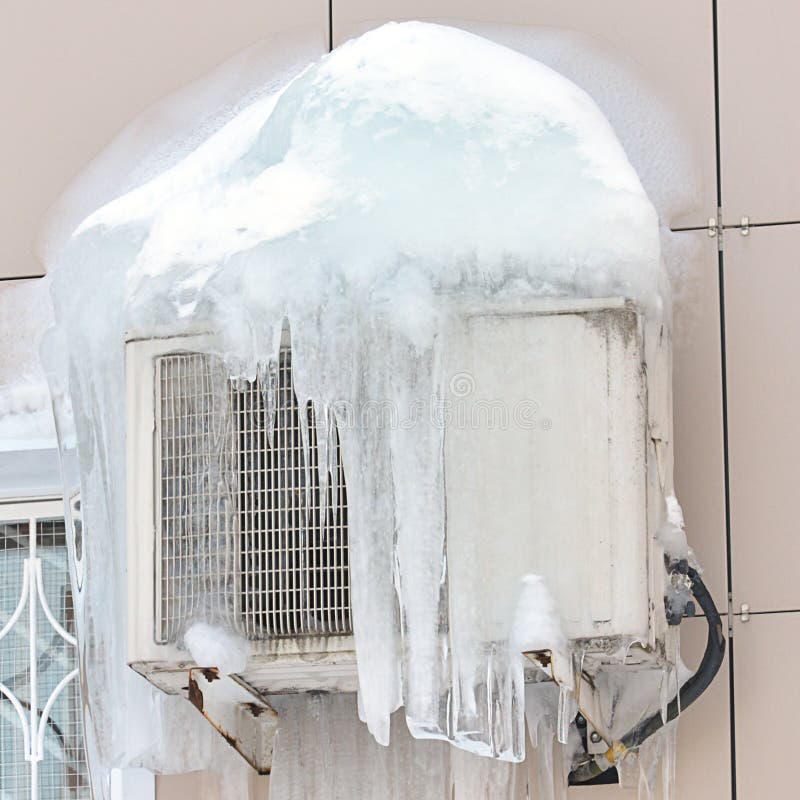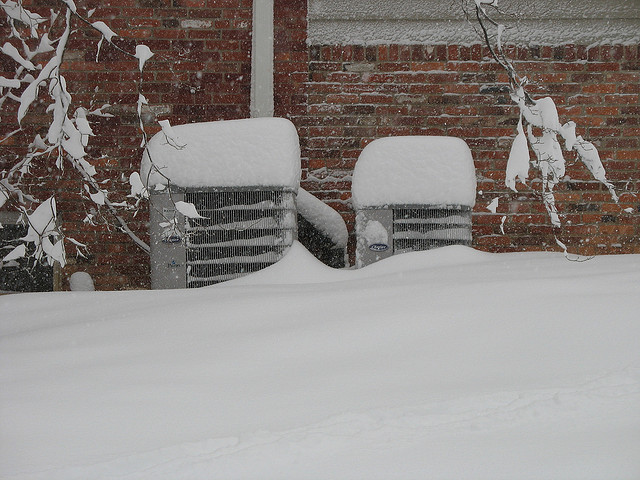Tips for Thawing a Frozen AC Pipe - Restoring Proper Operation
Schedule ServicesThe article which follows on the subject of Why Is Ice On My Outside Air Conditione is incredibly attention-grabbing. Don't skip it.

Intro
Finding that your a/c pipeline is frozen can be concerning, particularly throughout hot summertime when you depend on your a/c unit the most. Recognizing what to do in such a scenario is crucial to prevent more damages to your air conditioning system and guarantee your convenience inside your home.
Understanding the Causes
Several aspects can contribute to the freezing of an AC pipeline. Comprehending these causes can assist you address the concern successfully.
Absence of Airflow
One usual root cause of an icy air conditioner pipe is inadequate air flow. When the air movement over the evaporator coil is limited, it can create the coil to go down below freezing temperature, resulting in ice formation on the pipe.
Low Refrigerant Levels
Insufficient cooling agent degrees in your a/c system can likewise result in a frozen pipe. Reduced cooling agent degrees can trigger the stress in the system to drop, resulting in the freezing of dampness on the evaporator coil.
Cold Weather Conditions
In colder climates, freezing temperatures outside can add to the cold of air conditioning pipelines. If your AC device is not effectively protected or if there are leakages in the ductwork, chilly air can infiltrate the system, triggering the pipe to ice up.
Dirty Air Filters
Dirty or clogged up air filters can restrict airflow in your air conditioning system, causing different issues, including an icy pipe. It's vital to replace or cleanse your air filters routinely to make certain proper air movement and avoid ice accumulation.
Indicators of a Frozen Air Conditioning Pipe
Identifying the indicators of a frozen air conditioning pipe is critical for prompt action.
Decreased Airflow
If you observe a substantial decline in airflow from your vents, it could indicate a frozen pipe.
Ice Buildup on the Pipe
Visible ice accumulation on the cooling agent line or the evaporator coil is a clear indicator of an icy a/c pipeline.
Weird Sounds from the Unit
Uncommon noises, such as hissing or gurgling, coming from your air conditioning unit can signal that there's ice existing on the pipeline.
Immediate Actions to Take
When confronted with a frozen AC pipe, it's essential to act promptly to stop additional damages to your cooling system.
Turning off the air conditioner
The initial step is to switch off your a/c to avoid the system from running and intensifying the problem.
Looking for Blockages
Examine the location around the interior system for any kind of obstructions that may be blocking air flow, such as furniture or curtains.
Thawing the Pipe
You can utilize mild techniques like putting towels soaked in warm water around the frozen pipe to help thaw it gradually.
Safety nets
Taking safety nets can assist prevent future incidents of a frozen AC pipeline.
When DIY Methods Fail
If your efforts to thaw the pipe or address various other concerns are unsuccessful, it's time to hire a professional.
Relevance of Hiring a Professional HVAC Technician
A licensed HVAC specialist has the knowledge and devices needed to diagnose and repair concerns with your air conditioning system securely and efficiently.
Normal Maintenance Checks
Schedule routine upkeep consult an expert HVAC professional to guarantee that your a/c system is running successfully.
Transforming Air Filters
Consistently replace or clean your air filters to avoid air flow limitations and keep optimal performance.
Shielding Exposed Pipes
If your a/c pipelines are revealed to cool temperature levels, take into consideration insulating them to avoid freezing throughout winter season.
Seeking Professional Help
If DIY approaches fail to deal with the concern or if you're uncertain concerning how to continue, it's best to seek aid from a qualified HVAC service technician.
Verdict
Handling an icy air conditioner pipe can be a discouraging experience, yet recognizing how to respond can help reduce damage and bring back convenience to your home. By comprehending the reasons, acknowledging the indications, and taking timely action, you can successfully attend to the problem and avoid future occurrences.
What to Do If Your AC Line Is Frozen
Make Sure All Supply and Return Air Vents Are Open
If you notice problems with airflow, the first thing you should do is check your supply and return vents. Supply vents distribute clean, conditioned air throughout your home. As this air becomes stale, it’s pulled into the return vent, where it’s reconditioned before being sent back out through the supply vent.
When these vents are closed, air won’t flow in the home. Before examining your AC, check the vents in every room and ensure they’re all open.
Check for a Dirty Air Filter
Another possible cause of limited airflow is a dirty air filter. Your air conditioner’s filters catch elements you don’t want to breathe in, such as dirt and dust. Over time, filters can become clogged, ultimately blocking air from flowing in and out. The lack of airflow can then cause the entire coil to freeze and will completely restrict any air from moving through it. The AC may need to be powered off for one to two days to allow the coil to thaw after replacing the filter to allow proper functioning of the unit. This debris can also accumulate on your AC’s evaporator coil, requiring a more serious repair. In general, air filters should be cleaned regularly (about every two weeks).
Assess Your Outdoor Unit
In addition to checking your AC, assessing the outdoor unit is a good idea. Also known as the condensing unit, it works with your interior unit to release heat outside. An issue with the outdoor unit can result in rising internal temperatures.
Overgrown Shrubs or Clogged Leaves
From leaves and twigs to shrubs and debris, there’s no shortage of outdoor elements that can accumulate around your condensing unit. When these elements get lodged inside the unit, they can block airflow. Fortunately, removing the blockage can solve the problem.
Sounds of a Broken Fan
Shrubs and leaves aren’t the only things that can impede your outdoor unit’s airflow. If the fan is broken, the unit won’t be able to properly get rid of heat — which means the internal temperature won’t go down. First, make sure the fan is spinning. If it is, check for the following sounds of a broken fan:
Buzzing Rattling Screeching Hissing Clicking Preventative Measures
Nobody wants to deal with a frozen AC line. In addition to causing problems with your air conditioner, they require professional repairs. On the bright side, there are preventative measures you can take to help ensure this issue doesn’t arise in the first place.
https://www.coopergreenteam.com/blog/what-to-do-if-ac-line-frozen

As a fervent reader about Have a Frozen AC Line? Here’s How to Fix It, I figured sharing that topic was really helpful. Do you know another person who is truly interested in Why Is Ice On My Outside Air Conditione? Be sure share it. I am grateful for your time. Kindly come by our blog back soon.
Visit Our Site